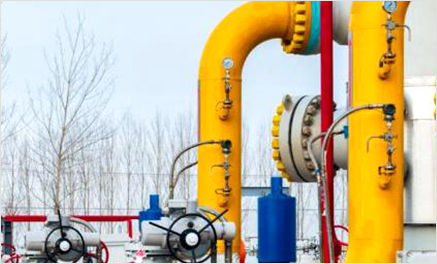

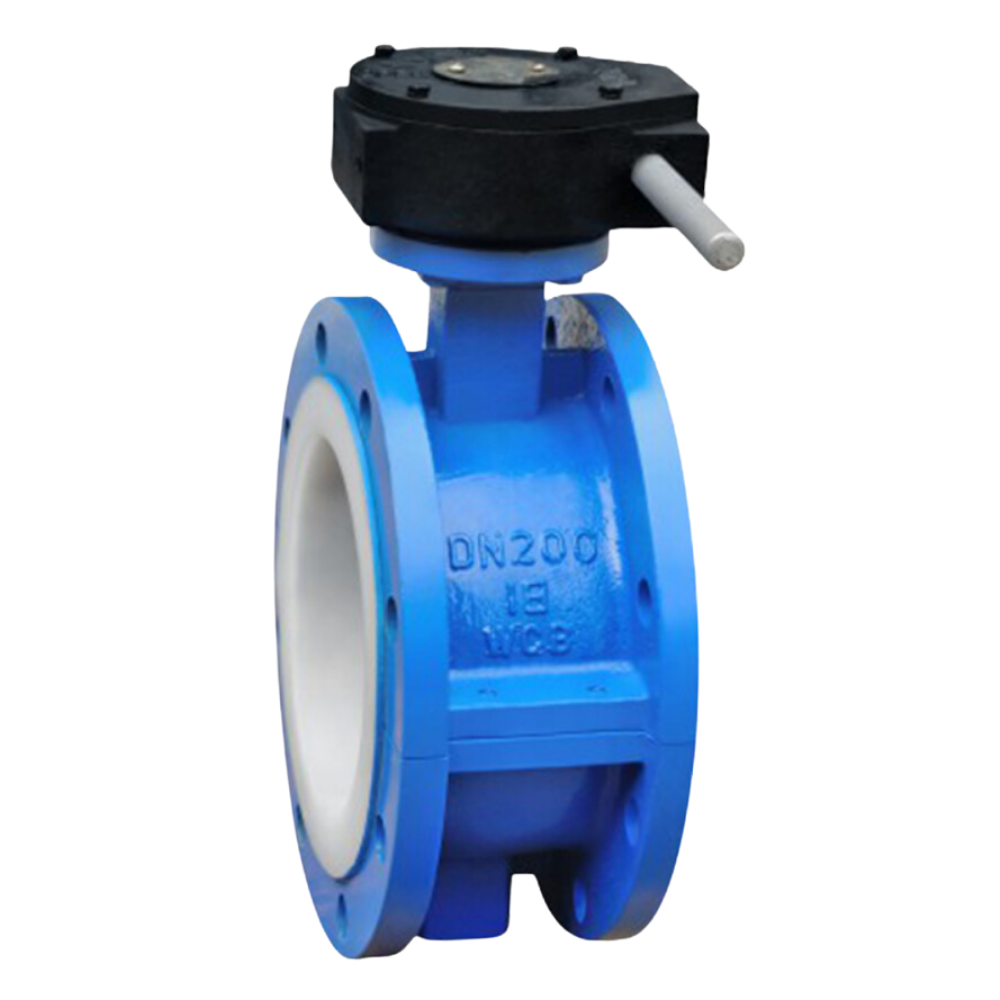
The fluorine-lined butterfly valve is engineered for aggressive chemical and ultra-pure applications. Its fluorine lining resists chemical attack from various compounds, while a flexible 360-degree backup liner ensures bubble-tight shut-off. This maintenance-free valve features redundant shaft seals, a 90-degree clockwise operation, and zero leakage. Main parts and materials Name/Material WCB CF8 CF3 CF8M CF3M Body […]
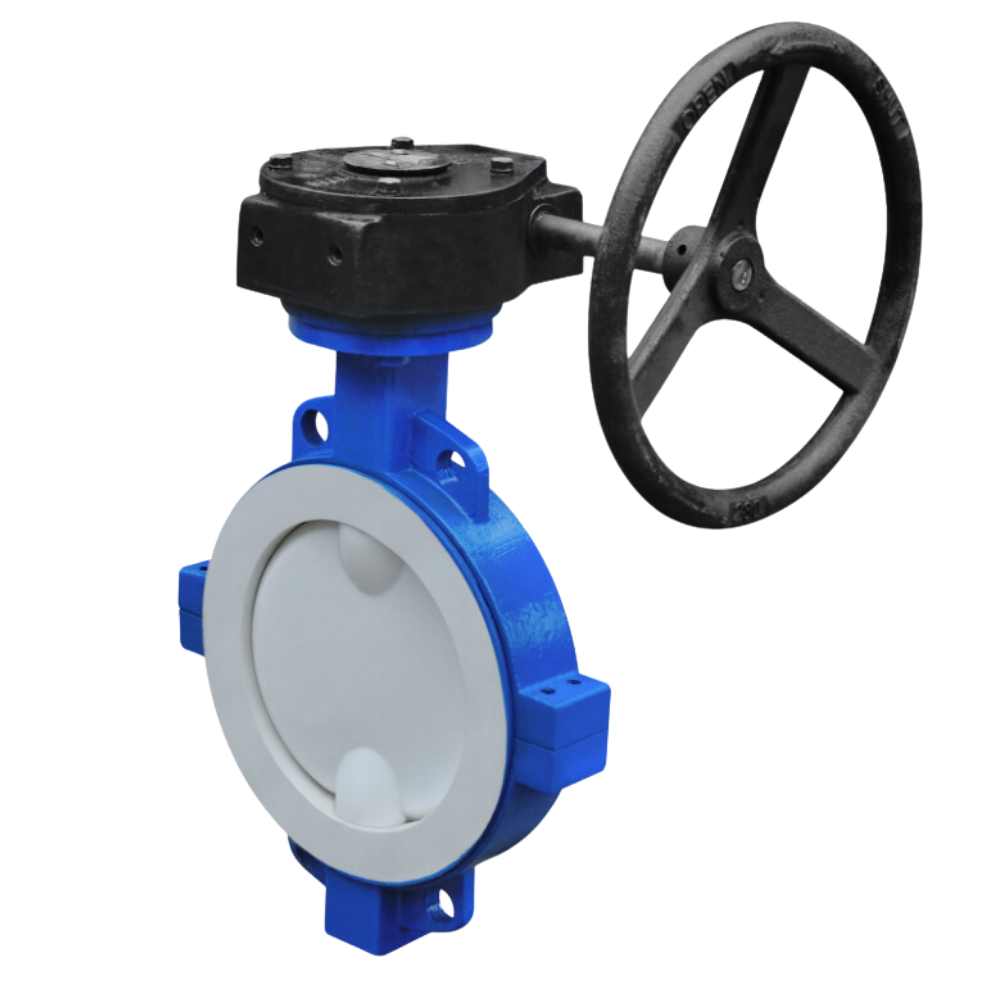
A Fluorine lined wafer butterfly valve is a compact valve designed to clamp between two flanges in a pipeline, featuring four alignment holes. It provides a strong seal with a rubber or EPDM seat. Unlike lug-style valves, it cannot serve as an end-of-line valve and requires full line shutdown for maintenance. Main parts and materials […]
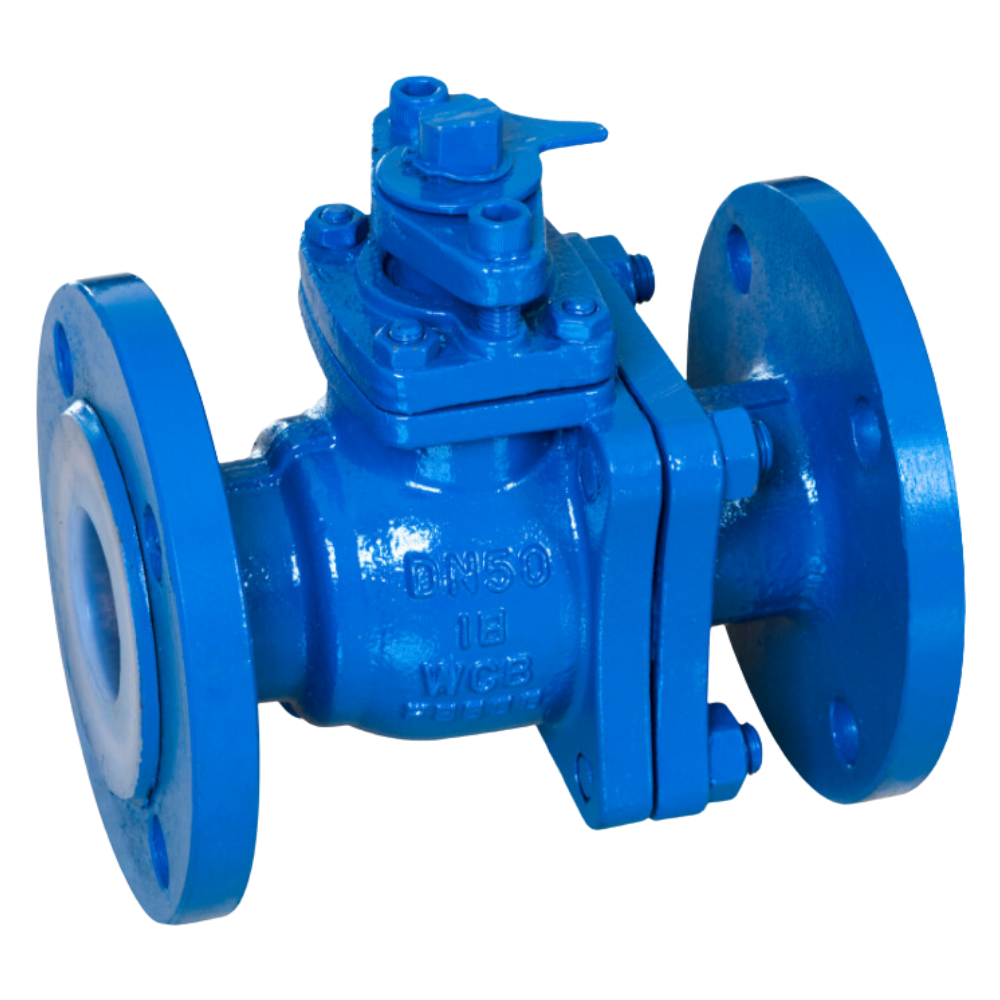
A fluorine lined ball valve is designed for use in corrosive environments, featuring a lining made of materials like PTFE (polytetrafluoroethylene) or PFA (perfluoroalkoxy). This valve provides excellent resistance to aggressive chemicals, ensuring reliable sealing and zero leakage. Key features include a full port design for minimal fluid resistance, making it suitable for on-off or control applications. […]
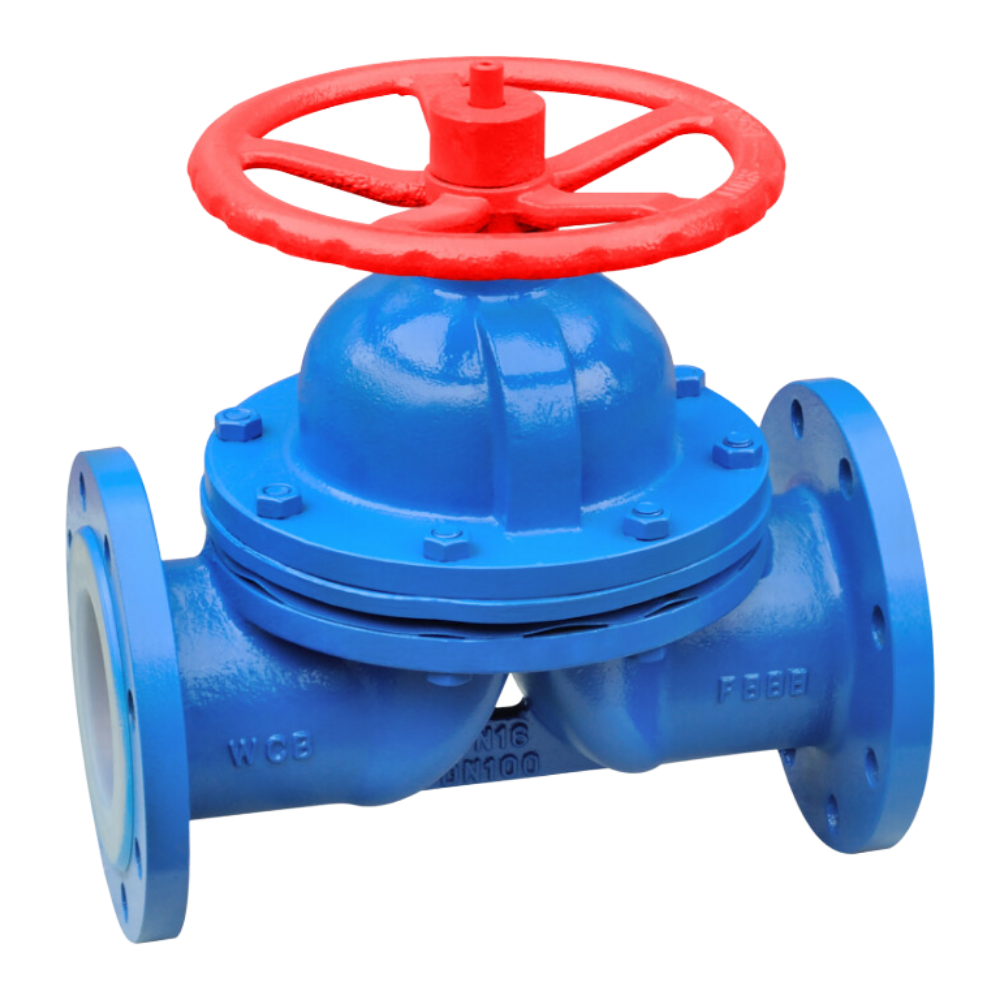
A fluorine-lined diaphragm valve is designed for managing corrosive media in industries such as chemical processing, pharmaceuticals, and water treatment. The fluorine lining provides resistance to chemical corrosion, making it suitable for applications with harsh substances. The valve uses a flexible diaphragm to separate the process media from its internal components, ensuring reliable sealing and […]
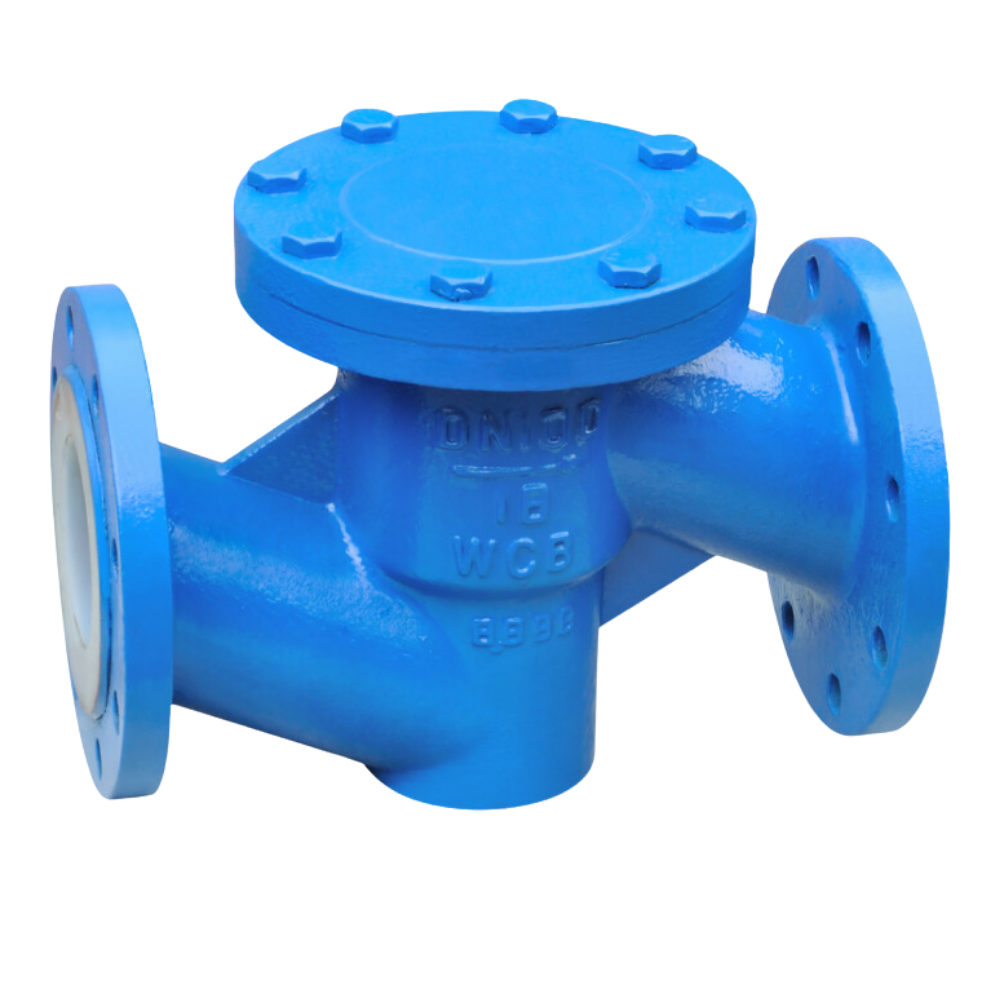
A fluorine-lined lift check valve is a non-return valve that prevents backflow in pipelines carrying corrosive fluids. The valve’s internal surfaces are lined with fluorine-based materials, providing resistance to chemical corrosion, making it suitable for industries such as chemical processing and water treatment. The valve allows flow in one direction, closing automatically if the flow […]
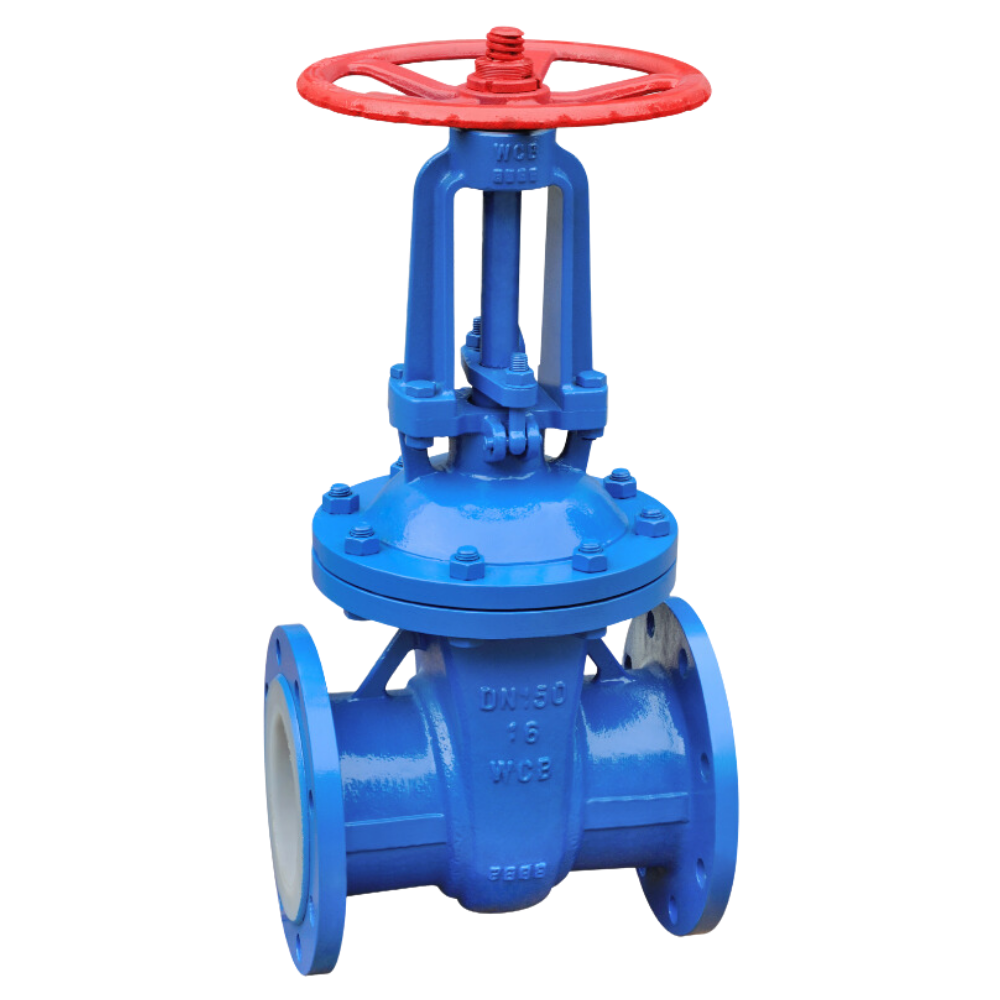
A fluorine-lined gate valve controls the flow of corrosive fluids in industries like chemical processing and water treatment. The internal surfaces are coated with a fluorine lining, providing resistance to chemical corrosion. The valve operates by raising or lowering a gate to start or stop fluid flow. When fully open, it allows fluid to pass […]

